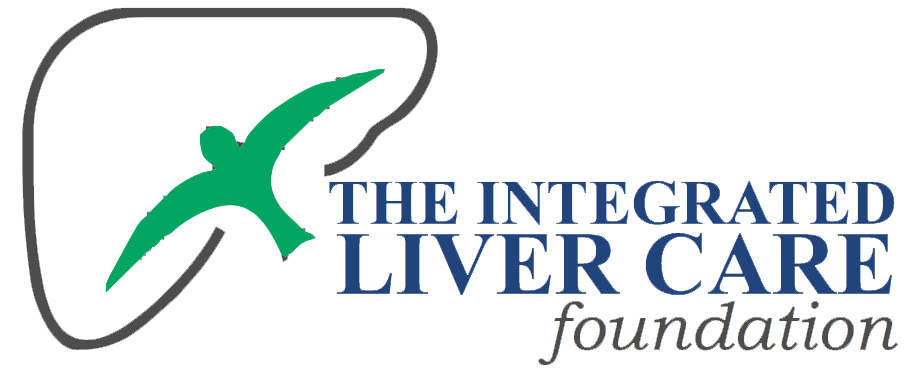Barrett’s Oesophagus is a condition in which the lining of the oesophagus (the tube that carries food from the mouth to the stomach) is damaged by stomach acid and bile. This damage leads to changes in the cells lining the oesophagus, causing them to resemble the cells found in the lining of the intestine. This condition is considered a complication of gastroesophageal reflux disease (GERD).
Causes:
Causes: The main cause of Barrett’s oesophagus is long-term GERD, or gastroesophageal reflux disease. The muscle at the base of the oesophagus called the lower oesophageal sphincter (LES) malfunctions and allows stomach acid and bile to flow back into the oesophagus, which leads to GERD. Barrett’s oesophagus develops in certain people as a result of the oesophageal lining being harmed over time by this exposure to stomach acid and bile.
Symptoms:
Symptoms: Usually, Barrett’s oesophagus does not produce any symptoms. On the other hand, GERD symptoms including heartburn, regurgitation, chest discomfort, trouble swallowing, and a persistent cough are frequently experienced by people with Barrett’s oesophagus.
Diagnosis:
Diagnosing Barrett’s oesophagus usually involves a combination of the following tests:
Endoscopy: A procedure in which a thin, flexible tube with a camera (endoscope) is inserted through the mouth and into the oesophagus to visually inspect the lining for abnormalities.
Biopsy: During an endoscopy, tissue samples (biopsies) may be taken from any suspicious areas in the oesophagus. These samples are then examined under a microscope to look for changes indicative of Barrett’s oesophagus.
Imaging tests: In some cases, imaging tests such as a barium swallow or upper gastrointestinal (GI) series may be used to visualize the oesophagus and identify any abnormalities.
Treatment:
Treatment for Barrett’s oesophagus focuses on managing GERD symptoms and reducing the risk of cancer development. Treatment options may include:
Medications: Proton pump inhibitors (PPIs) and H2 receptor blockers are commonly prescribed to reduce stomach acid production and alleviate GERD symptoms.
Lifestyle changes: Making dietary and lifestyle changes, such as avoiding trigger foods, losing weight, and elevating the head of the bed, can help reduce GERD symptoms.
Endoscopic therapy: In cases where there is a high risk of cancer development, endoscopic treatments such as radiofrequency ablation (RFA) or endoscopic mucosal resection (EMR) may be recommended to remove abnormal cells from the oesophagus.
Surveillance: Individuals with Barrett’s oesophagus typically undergo regular surveillance endoscopies with biopsies to monitor for any signs of cancer development.
Barrett’s oesophagus is a condition in which the lining of the oesophagus is damaged by chronic exposure to stomach acid and bile, often due to GERD. While Barrett’s oesophagus itself doesn’t usually cause symptoms, it is considered a pre-cancerous condition and increases the risk of developing oesophageal adenocarcinoma.
Early diagnosis and management of GERD symptoms are crucial in preventing complications associated with Barrett’s oesophagus.
Regular surveillance and treatment may be necessary to reduce the risk of cancer development and manage symptoms effectively.


